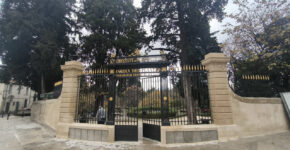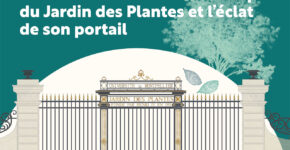Collections
Astronomy
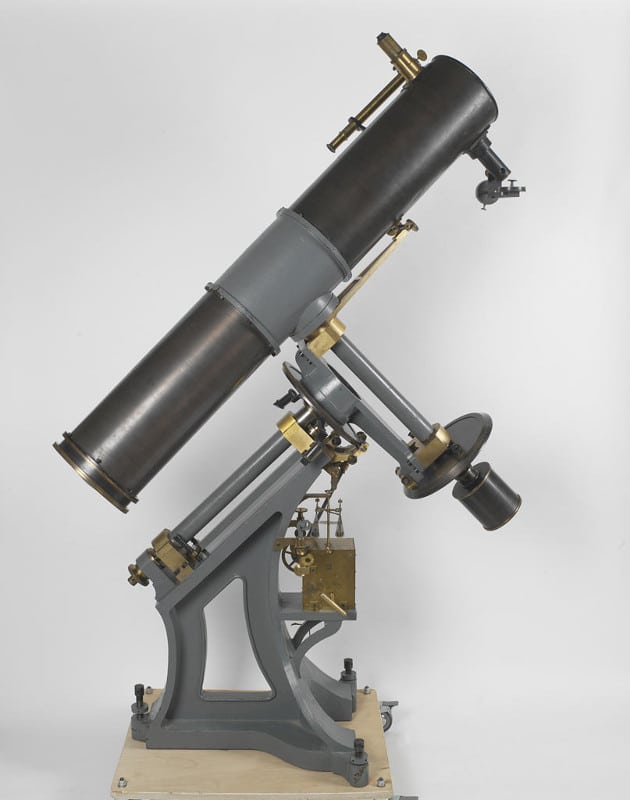
The astronomy collection of the University of Montpellier comprises some 200 objects, 56 of which are listed as Historic Monuments. It is of prime heritage interest, illustrating the technical and scientific evolution of instruments from the 18th to the 20th century.
The first instruments came from the Royal Society of Sciences and were placed on deposit by the city of Montpellier in 1811. These instruments enabled students to carry out observations and manipulations during practical work. Held in the city's most emblematic sites, such as the Babote tower, the Arc de Triomphe and the Jardin des Plantes observatory, these classes required the use of quarter circles, precision clocks, telescopes, telescopes and more.
Throughout the 19th and 20th centuries, the Faculty of Science continued to acquire instruments to meet modern teaching and research needs, such as the observation equipment used for artificial comet experiments in the 1960s.
Botany
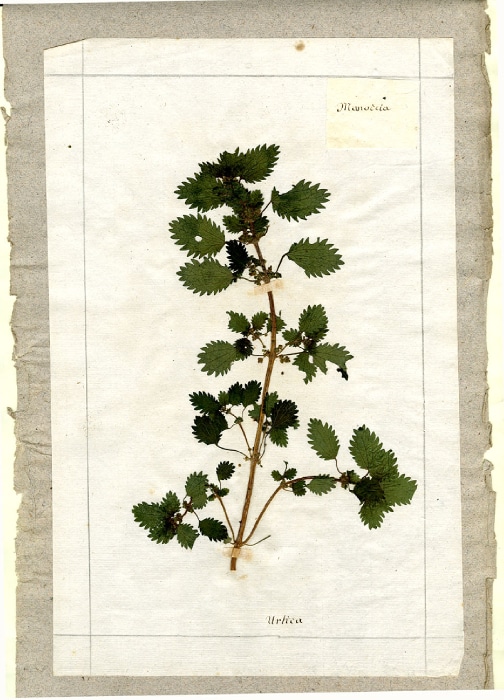
The Montpellier University Herbarium (MPU) is the 2nd largest herbarium in France, after the Paris Muséum, in terms of volume and the quality of its collections. A research tool as well as a heritage collection, it contains some 3.5 million specimens of vascular plants, algae, mosses and dried fungi. It also includes more atypical collections (droguier, xylothèque...) as well as documentary holdings related to the specimens (handwritten notes by botanists and researchers, scientific iconography such as the botanical watercolors created by T.F Node-Véran and classified as Historical Monuments in 2010). The oldest specimens date back to the 16th century, and new collections and acquisitions are added to the collection every year.
These are complemented by the biological material collections of the Centre de Bio-Archéologie et d'Ecologie (CBAE) and those of the Institut de Sciences de l'Évolution de Montpellier (ISE-M), which manages one of the world's largest collections of pollen slides.
Ethnology
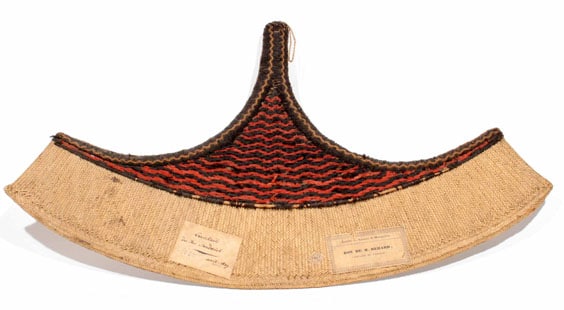
The University of Montpellier's ethnology collection brings together objects from all over the world, reflecting the diversity and plurality of different cultures, particularly Kanak, Papuan and Maori.
This heritage collection comprises over 130 pieces acquired in the 19th century. It comes from various regions of the world, including Oceania, Asia, South America and North Africa. It was mainly collected by naval officer Auguste Bérard during three voyages of exploration around the world between 1810 and 1840. The collection includes bone and shell ornaments, wooden sculptures, weapons, musical instruments and furniture. It was listed as a Historic Monument in 2009.
Another original feature of this collection is the presence of fragments of Egyptian mummies, including feet, hands, a few bones, several skulls and the body of an embalmed child.
Flahaut photo library
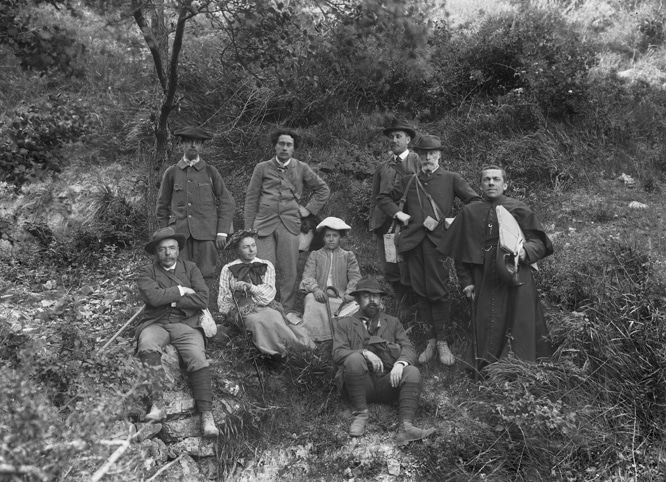
The "Charles Flahault" photo library includes over 2,000 digitized glass plate and paper photographs from the late 19th and early 20th centuries.
This collection was assembled by botanist Charles Flahault (1852-1935), professor at the Faculty of Science and director of the Montpellier Botanical Institute from 1883 to 1927. These photographs were taken during scientific work to study the evolution of landscapes and vegetation. Many are signed by Charles Flahault's collaborators, such as Johannes Lagarde (1866-1934). Family photographs from the Emberger collection, descendants of Charles Flahault, have been added to this collection.
The inventory and digitization of this collection are the fruit of a partnership between the Montpellier Interuniversity Library (Photographic Workshop, Science Library) and the "Présence de Charles Flahault" association. The collection is preserved by the BU sciences and the Service Patrimoine historique de l'Université de Montpellier.
Mineralogy
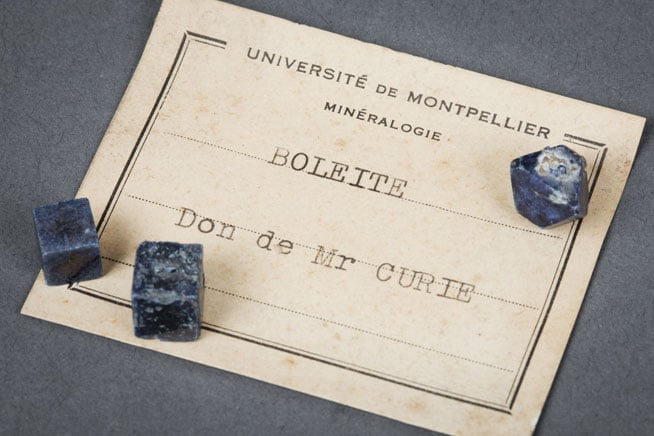
When it was founded in 1809, the Montpellier Faculty of Science was the only one, along with the Paris Faculty, to have a chair of mineralogy. In 1811, to illustrate the first courses, the city of Montpellier provided a deposit of mineral samples from revolutionary seizures. The collections continued to grow throughout the century, thanks to donations and purchases by professors, as well as exchanges with various institutions. Students were also involved, collecting samples during practical fieldwork. The result is a large collection representative of the deposits in the Languedoc-Roussillon region, and more widely in France.
Today, the mineralogy collection includes some 2,500 samples, as well as teaching aids such as wooden mineralogical models. The collection continues to grow thanks to numerous private donations.
Furniture and objets d'art
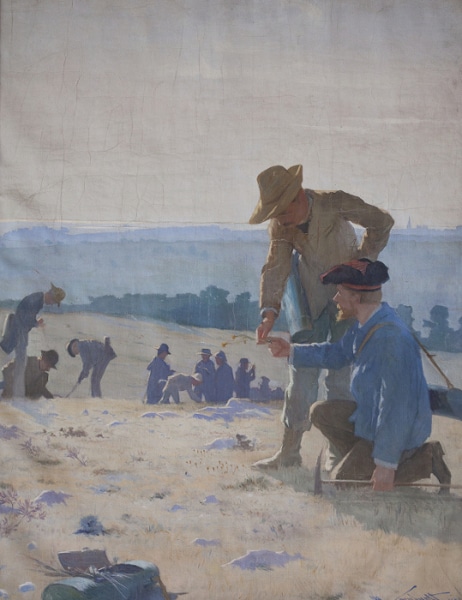
The University of Montpellier is heir to a rich collection of furniture and objets d'art, reflecting its remarkable historical past.
Paintings and sculptures: almost 300 paintings and sculptures bear witness to the major events and personalities that have marked the history of the university. Among them are more than 260 painted portraits of professors protected as Historic Monuments, as well as busts and ornamental paintings.
Furniture: the university conserves antique furniture used to display and store collections. It also holds 19th-century furniture from the former bishopric of Montpellier.
Works of art: the two ceremonial maces of the Faculty of Medicine and the Faculty of Science are among the university's most emblematic objects. The one for the Faculty of Medicine, known as the Baton d'Esculape, was made by goldsmith Jean-Baptiste-Claude Odiot in 1804, while the one for the Faculty of Science was made by goldsmith Placide Boué in 1819. Like the university gowns, they are used for official ceremonies.
Paleontology
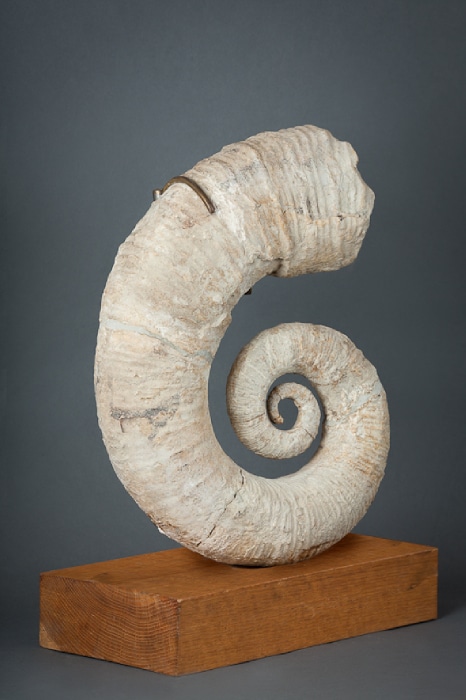
The origins of the University of Montpellier's paleontology collection date back to the creation of the Montpellier Faculty of Science in 1809. This discipline, dedicated to the study of extinct life forms and their evolution over geological time, was attached to the chair of mineralogy and geology.
The first paleontological collections were acquired thanks to a deposit from the city of Montpellier in 1811. They were subsequently enriched by donations, bequests and purchases. They also include material from excavations carried out in the region as early as the 19th century, many of which, with around 10,000 type specimens, are international references.
Today, our fossil collections include thousands of footprints, vertebrates, invertebrates, charophytes, plants and pollens.
These collections are managed by the Institut des Sciences de l'Évolution de Montpellier (ISE-M). They continue to support teaching and international research.
Contemporary Scientific and Technical Heritage (PATSTEC)
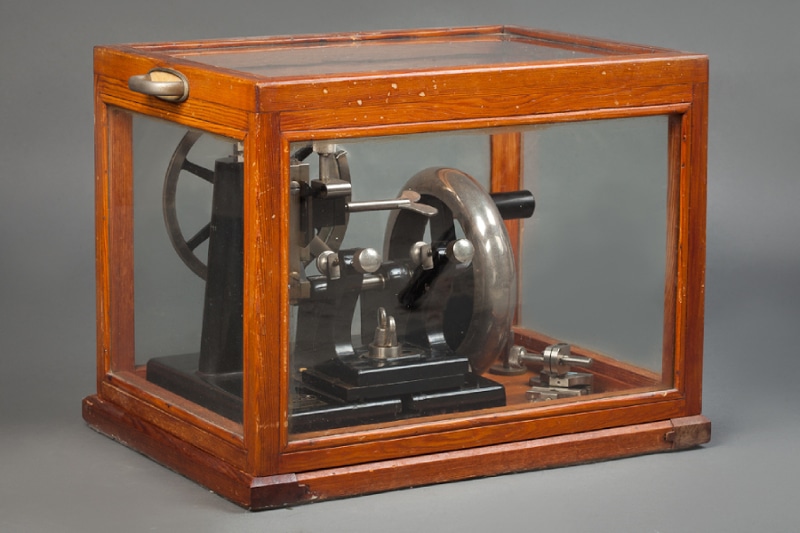
This collection is part of the PATSTEC (PATrimoine Scientifique et TEchnique Contemporain - Contemporary Scientific and Technical Heritage) preservation program, supported by the French Ministry of Higher Education and Research and the Musée des Arts et Métiers/CNAM. It consists of making an inventory of instruments that bear witness to the technical advances of the 20th and 21st centuries.
The diversity and modernity of the objects that make up this collection are remarkable. Computer hardware, teaching boards, microscopes, photomultipliers, etc. are just some of the items in this collection, which grows by 150 each year.
Donated by laboratories, private companies and individuals, these instruments are inventoried in order to highlight the fields of research carried out in the Languedoc-Roussillon region. In particular, the mission aims to identify and safeguard equipment related to health, botany and transdisciplinary fields such as photography, microscopy and educational materials.
Physics
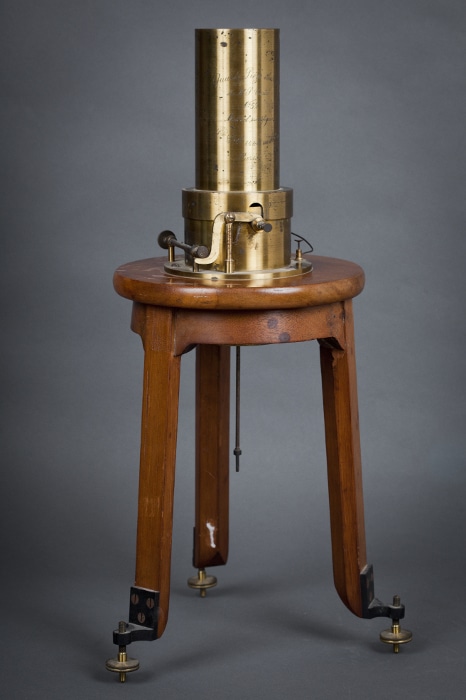
The physics collection at the University of Montpellier is representative of the history of teaching, science and technology in the 19th and early 20th centuries.
Some of the instruments in this collection were acquired by university professors in the early 19th century for didactic or applied purposes, for demonstrations and scientific research. Another part of the collection comes from revolutionary seizures deposited by the municipality of Montpellier in 1811. According to the archives, physics teaching in Montpellier covered a wide range of subjects, including the movement of stars, optics, acoustics, electricity, the analysis of matter and physics applied to the human body.
More than 300 instruments bear witness to the evolution of teaching and practice over the last few centuries. The great instrument builders are represented, with big names such as Pixii, Ducretet, Secrétan and Beaudouin.
Zoology
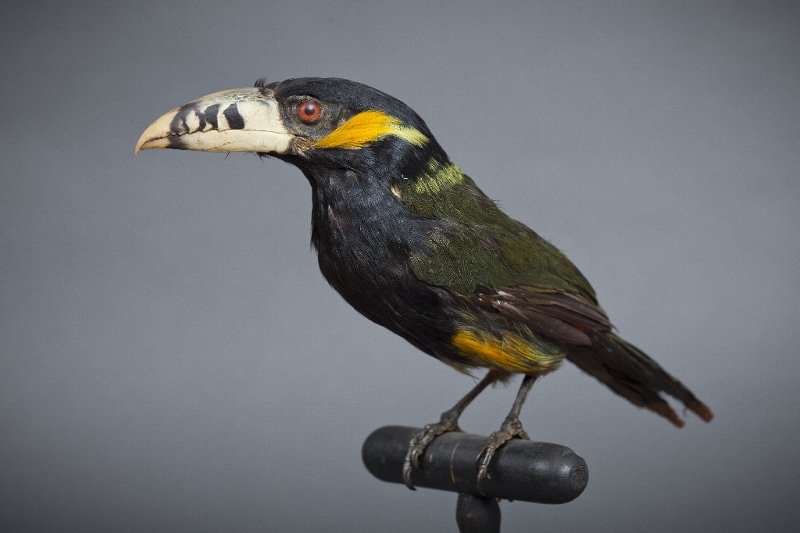
The zoology collection at the University of Montpellier comprises more than 40,000 specimens in a variety of conservation modes. In addition to collections of naturalized animals (birds, mammals, fish, reptiles), it also houses numerous unmounted specimens in skin, others preserved in fluid (vertebrates and invertebrates), several thousand shell molluscs, corals, a large collection of mounted skeletons and entomological specimens.
These collections are the result of donations, exchanges, bequests or purchases made by individuals or institutions such as the Muséum national d'Histoire naturelle, from the early 19th century onwards. They are used in the teaching of animal biology and comparative anatomy at the Faculty of Science and the School of Pharmacy.
Even today, they are an excellent teaching tool and a remarkable resource for research, particularly in disciplines such as molecular biology and phylogeny.
1% artistic
The 1% art scheme was created in 1951 to support contemporary creation, raise public awareness of art and offer the greatest number of people direct contact with works of contemporary art, outside specialized institutions.
This initiative provides for the allocation of 1% of the cost of construction, extension or renovation work on certain public buildings to the creation of one or more works of art designed for the site in which they are installed.
Most of the works produced on the Triolet campus are in the "Op Art" style, also known as optical art. Developed from the 1960s onwards, this artistic practice exploits the fallibility of the eye through optical illusions. Op Art works are generally abstract, giving the impression of movement, light and vibration. These visual stimuli place the viewer's body in an unstable situation, between pleasure and displeasure, plunged into a sensation of vertigo akin to certain states of mild intoxication.
